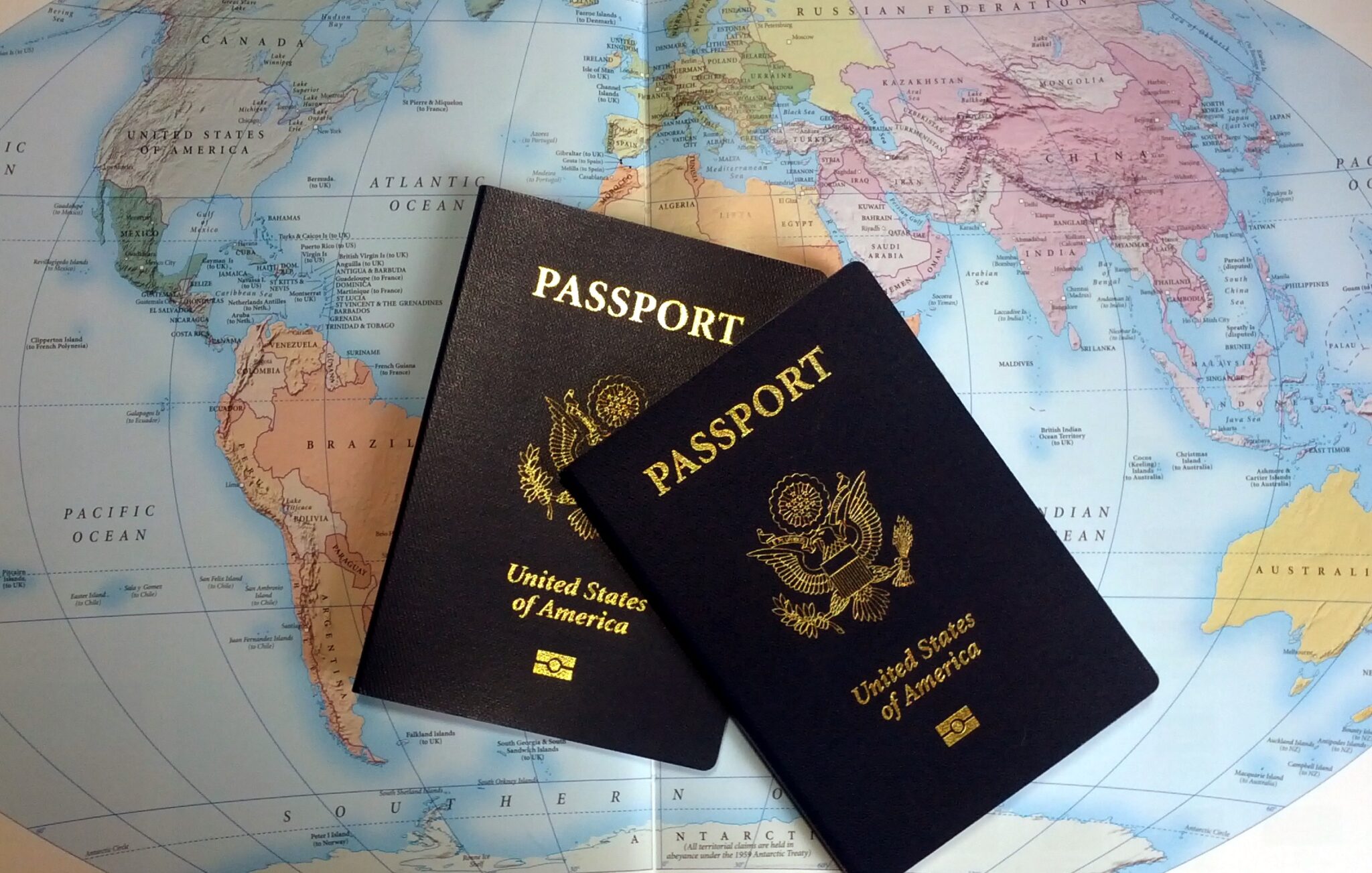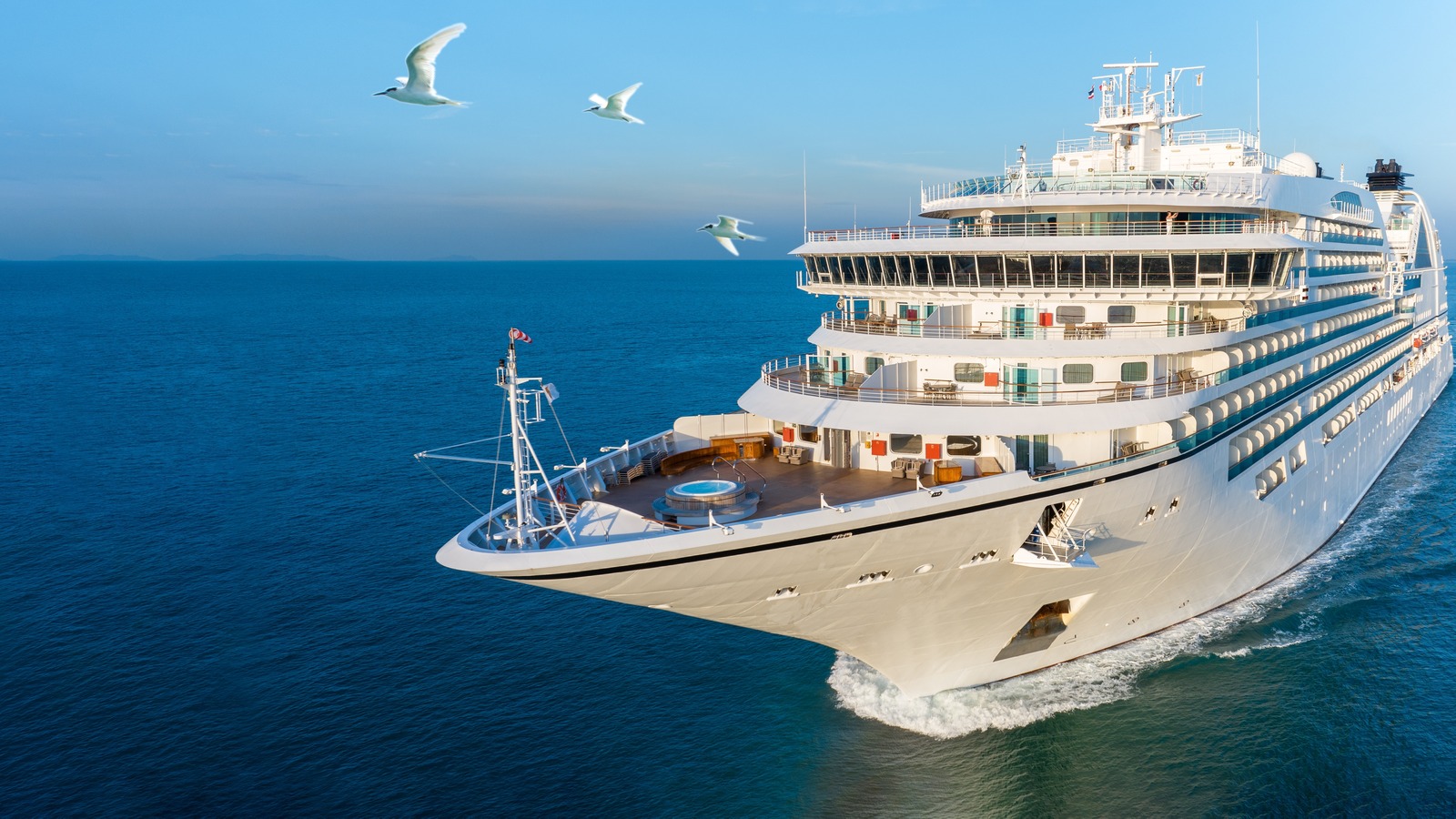Table Of Content

With a cruise, you have the ability to easily travel between different ports of call, allowing you to see much more in a short time. Being on the water, you’re also able to get up close to the scenery. Although a closed-loop cruise may not require a passport, every cruise line and the U.S. It’s always better to be prepared for any unexpected situations that may arise during your trip.
What’s a passport card and should you get one?
What happens if you forget to pack your passport for a cruise to Canada - The Points Guy
What happens if you forget to pack your passport for a cruise to Canada.
Posted: Sun, 19 Jan 2020 08:00:00 GMT [source]
U.S. citizens on closed-loop cruises (cruises that begin and end at the same U.S. port) are able to enter the United States with a birth certificate and government-issued photo ID. U.S. and Canadian citizen children ages 16 and under are able to enter with only proof of citizenship, such as a birth certificate. Verbal claims of citizenship alone are not sufficient to establish citizenship for entry into the United States. Keep in mind that cruise passport requirements can change based on shore excursions, too. For example, any time you cross a land or sea border into a foreign country, you’ll need a passport, whether it's riding Alaska's White Pass and Yukon Railway or taking day trips to smaller Caribbean islands.
Passport Requirements
“You can check out any time you like, But you can never leave! When traveling by air from Canada back into the United States, U.S. citizens are required by U.S. law to present a U.S. passport book. Also, cruise lines could require that you have a passport, even for a closed-loop Alaska cruise from the Lower 48. Be sure to follow your cruise line’s requirements and that you allow enough time to get a valid passport if needed. It is also your responsibility to obtain any necessary visas you may need during your cruise. Be sure to research the visa requirements for each country you’ll be visiting during your itinerary.
What documentation do I need to provide if I am cruising without a passport?
Your flight is non-stop from Seattle to Juneau, Alaska where you’ll board your expedition ship. Without a passport, you’d have to get in contact with the local US embassy or consulate and apply for an emergency passport. This can take days, especially if it happens over a weekend. Traveling with a passport cover is also wise since it helps to keep your passport in pristine condition. Of course, a passport is necessary if you are a foreign national going to or from the United States.
Again, as a good rule of thumb, you should always cruise with a passport, even if it is not technically required. Since most of the country lives far from these ports, you’ll have to consider airfare and transportation to the port. As we’ve emphasized throughout this article, having a valid passport is essential for a smooth travel experience. Ensure it’s up-to-date and validates at least six months beyond your planned return date.
It also requires a government-issued driver's license or a photo ID with your name and date of birth. Canadian law requires that all persons entering Canada carry both proof of citizenship and proof of identity. As of this writing, a valid U.S. passport, passport card, or NEXUS card satisfies these requirements for U.S. citizens. Children under 16 need only present proof of U.S. citizenship. Since most of the cruise ships departing from U.S. ports are foreign-built, flagged and crewed, they have to include a foreign port call in all itineraries. That’s why even round-trip Hawai’i cruises leaving from Los Angeles or San Diego stop at Ensenada (Mexico) on their way back from the islands.

One of the biggest questions we hear is whether or not you need a passport to cruise. It seems like a simple question, especially if your cruise is going to Alaska. After all, you are likely leaving from the United States, visiting the United States, and returning back to the U.S.
Cruises to Alaska from Seattle or San Francisco
However, a passport card does not work for air travel into Canada, Mexico, Bermuda, or the Caribbean. U.S. citizens traveling directly to Alaska and returning directly from Alaska are not required to show their passports, although it may expedite the process of gaining clearance on return. Citizens and U.S. permanent residents must ensure that they have the necessary travel documentation by contacting the appropriate authorities such as the U.S. U.S. permanent residents are required to travel with a valid Permanent Resident Card. Take advantage of Alaska Cruise Deals, and travel to Alaska for your next vacation. Citizens of the countries listed above who do not possess machine-readable passports, and citizens of countries not listed above must present a valid passport and a valid United States visa upon entry into the U.S.
For air travel to everywhere but North America the passport must be valid for at least 6-months following your trip. Still, a passport may be necessary if any of your shore excursions enter Canada. For this reason, some cruise lines may still require them on these sailings. There are also exceptions when you're traveling with children. Princess Cruises and Holland America require that at least one parent carry a passport, even if you're on a closed-loop sailing. Some lines always require a passport for all travelers, no matter the itinerary, including Regent Seven Seas Cruises, Azamara, Windstar Cruises, Silversea Cruises, Oceania Cruises and Seabourn.
If you’re a U.S. citizen who doesn’t have a passport or is waiting for one to be renewed, you can bring an official U.S. birth certificate and government-issued photo ID. However, if you don't have a passport, or don't wish to get one, you can still cruise — you're just limited to North American cruises sailing round trip from U.S. departure ports. If you are cruising to a destination not located within Canada, Mexico, the Caribbean, or Bermuda, you need to bring a U.S. passport book; a passport card will not be allowed as a valid travel document.
Additionally, visas or travel permits may be required to enter some countries. If you are a U.S. citizen and your cruise embarks or disembarks in a foreign country, including Canada, you will always need your passport for the cruise (in some cases a passport card will suffice). You'll also need a passport for a cruise that begins and ends in different U.S. ports. You might be surprised to know that certain U.S.-based cruises allow you to cruise without a passport. But just because some cruise passport requirements allow for “no passport cruises” doesn't mean you should sail without one.
If you are sailing on a closed-loop Alaska cruise that departs from somewhere within the United States (i.e., Seattle, San Francisco, etc.), you can cruise with a valid driver's license and birth certificate. Even if you dock somewhere in Canada for the day, this is an acceptable form of identification. The answer depends on your itinerary, as not all Alaskan cruises require passengers to have a passport.
On the rare occasion of a ship evacuation or a diversion to another country to disembark, a passport would also be essential for getting home. An enhanced driver's license is another alternative that you can use for land and sea port crossings, but not for international flights. To make things even more confusing, you can get off the ship in port in Vancouver, British Columbia during an Alaska cruise without a passport, but to cross over into the Canadian province by rail, you'll need one.

No comments:
Post a Comment